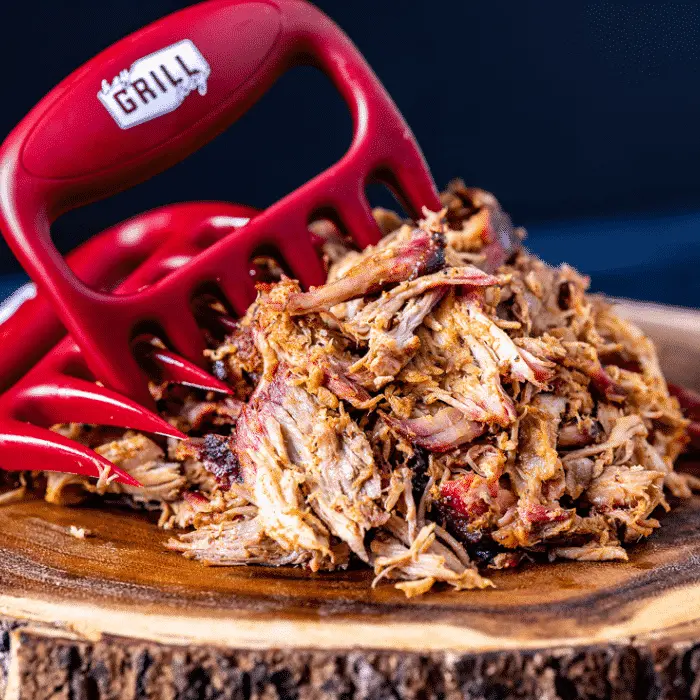Smoked pulled pork is a delicious and popular dish that requires careful attention to ensure it is cooked to perfection. One common question that arises when preparing this dish is, when is smoked pulled pork done? In this article, we will explore different ways to determine the doneness of smoked pulled pork, including the color of the juices, internal temperature, and texture.
Color of the Juices
One way to determine the doneness of smoked pulled pork is by observing the color of the juices that come out when you poke a hole in it with a knife or fork. If the juices run clear or are very faintly pink, it is a good indication that the pork is done cooking. On the other hand, if the juices are mostly or entirely pink or red, it is best to continue cooking the pork until the juices run clear.
Note: The color of the juices alone may not be a foolproof method for determining the doneness of smoked pulled pork. It is always recommended to use a meat thermometer to ensure the pork is cooked to the appropriate temperature.
Internal Temperature
Using a meat thermometer is the most accurate way to determine the doneness of smoked pulled pork. The USDA recommends cooking pork to an internal temperature of 145°F (63°C) with a three-minute rest time before carving. However, for pulled pork, it is best to cook it to a higher temperature to achieve the desired tenderness and texture.
For perfectly tender pulled pork, the internal temperature should reach between 195°F (90°C) and 205°F (96°C). At this temperature range, the collagen in the meat breaks down, resulting in juicy and tender pulled pork. To measure the internal temperature, insert the meat thermometer into the thickest part of the pork, avoiding the bone.
Texture
Another way to determine the doneness of smoked pulled pork is by its texture. When the pork is fully cooked, it should be tender and easy to shred apart. If the pork is still tough and difficult to pull apart, it needs more time to cook. The ideal texture for pulled pork is when it easily shreds with a fork or tongs and melts in your mouth.

Note: The texture of the pork can also be influenced by factors such as the cut of meat and the cooking method. It is essential to consider these factors alongside the internal temperature to ensure the pork is cooked to perfection.
Q: Can I eat smoked pulled pork if it is slightly undercooked?
A: It is not recommended to consume undercooked pork as it may contain harmful bacteria. It is essential to ensure that the internal temperature of the pork reaches a safe level to kill any potential bacteria.
Q: How long does it take to smoke pulled pork?
A: The cooking time for smoked pulled pork can vary depending on factors such as the size of the pork, the cooking temperature, and the smoker used. As a general guideline, it can take approximately 5 to 2 hours per pound of pork at a temperature of around 225°F (107°C).
Q: Can I overcook smoked pulled pork?
A: While it is possible to overcook smoked pulled pork, it is less likely compared to other cuts of meat. The collagen in pork shoulder or pork butt takes time to break down, resulting in tender pulled pork. However, if cooked for an extended period, the meat may become dry and lose its juiciness.
When smoking pulled pork, it is crucial to determine its doneness to ensure it is safe to consume and achieves the desired tenderness. While the color of the juices, internal temperature, and texture are all indicators of doneness, using a meat thermometer is the most accurate method. Aim for an internal temperature of 195°F (90°C) to 205°F (96°C) for perfectly tender pulled pork. Remember to let the pork rest before shredding to allow the juices to redistribute, resulting in a moist and flavorful dish. Enjoy your delicious smoked pulled pork!
If you want to know other articles similar to When is smoked pulled pork done? | tips for perfectly cooked pork you can visit the Cooking category.


Related Articles